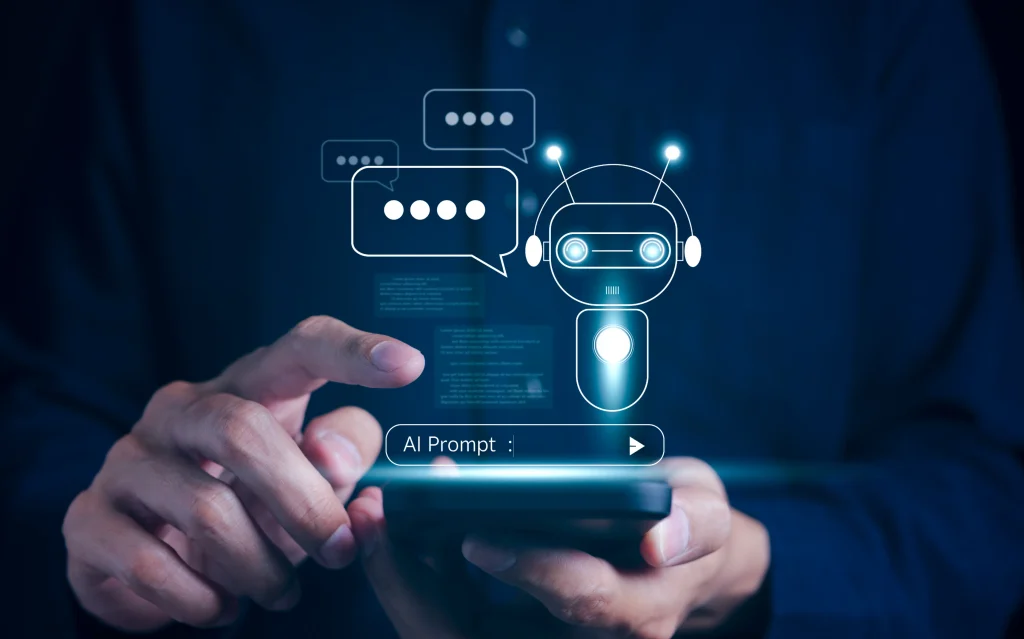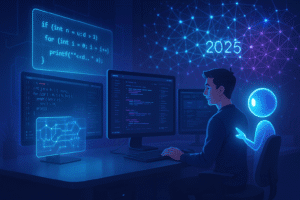The IT support landscape is undergoing a radical evolution. While traditional models relied heavily on human helpdesks, a new era of AI-driven solutions is emerging. These technologies offer faster, smarter, and more efficient support. As a result, AI is not merely assisting IT operations—it’s redefining them.
AI Chatbots: The New Frontline of IT Helpdesks
One of the most visible transformations in IT support is the rise of AI-powered chatbots. Today, these bots are often the first point of contact for users seeking assistance. Unlike earlier automated systems, modern chatbots leverage natural language processing (NLP) to understand and respond to user queries in real time.
For example, they can guide users through setting up VPNs, troubleshoot network issues, or unlock accounts—all without human intervention.
Moreover, the benefits of using chatbots include:
- 24/7 support availability
- Immediate responses that significantly reduce wait times
- A reduced workload for human support staff
Intelligent Automation: Redefining Routine
In addition to chatbots, AI is transforming background operations through intelligent automation. Increasingly, companies are automating routine and repetitive IT tasks.
Some of the most common tasks include:
- Password resets
- Software installations
- System health and compliance checks
- Ticket categorization and escalation
Consequently, these processes are not only faster but also more accurate. In some cases, AI-driven systems can even detect and resolve issues before users become aware of them, thereby reducing downtime.
Predictive IT Support with Machine Learning
Another major innovation is the use of machine learning for predictive support. Instead of waiting for issues to arise, AI can analyze historical data and system logs to anticipate problems.
Specifically, machine learning can:
- Predict hardware failures
- Detect unusual activity that may signal security threats
- Forecast network or system load during peak usage periods
As a result, IT teams can take proactive measures that enhance reliability and prevent workflow disruptions.
AI-Enhanced Cybersecurity
Security is another domain where AI is making a profound impact. Given the increasing sophistication of cyber threats, traditional methods are often too slow or reactive.
With AI, security systems can:
- Detect abnormal login patterns
- Identify phishing emails and malicious links
- Automatically isolate suspicious devices from the network
Thus, organizations can respond to threats in real time, improving their overall defense posture.
AI and IT Teams: A Powerful Partnership
Despite fears of job displacement, AI is not replacing IT professionals. Rather, it is empowering them. By automating repetitive tasks, AI allows IT staff to focus on more strategic and creative projects.
For instance, IT teams can now devote more time to:
- Infrastructure design
- Security architecture
- Innovation and process improvement
Ultimately, this synergy leads to more strategic, forward-looking IT departments.
The Future of AI in IT Support
Looking ahead, the role of AI in IT support will continue to expand. In the near future, we can expect to see:
- Voice-activated virtual assistants for hands-free support
- Self-healing systems that correct issues automatically
- AI-guided AR tools that offer real-time visual assistance
- Auto-generated knowledge bases tailored to specific needs
These advancements will make IT support even more efficient, personalized, and proactive.
Final Thoughts
In summary, AI is revolutionizing IT support by streamlining responses, automating routine tasks, predicting issues, and enhancing security. Therefore, businesses that embrace AI technologies are better equipped to improve service, reduce costs, and empower their IT teams.
The transformation isn’t just about keeping systems operational—it’s about building smarter, more agile IT environments for the future.




